As an important structure and weak link of the traffic trunk project in mountainous areas, bridges located in disaster-prone areas have been always threatened by mountain disasters such as rockfall, landslide and debris flow, which seriously affect the safety of line construction and operation. For example, on July 9, 1981, the pier of the Chengdu–Kunming Railway bridge located in Liziyida Gully was destroyed by the large boulder bounded in debris flow, leading to the overturn of the train and nearly 300 people dead or injured, making it the worst debris flow accident in China's highway history. In 2009, the Chediguan Bridge in Dujiangyan-Wenchuan road was damaged by rock avalanches, resulting in the interruption of emergency lifeline and serious casualties. To our knowledge, the bridge and tunnel ratio of the whole line of the Sichuan-Tibet Railway under construction is as high as over 90%. Therefore, it has become an urgent need to reveal the interaction mechanism between mountain disasters such as debris flow and rockfalls and the bridges, construct the quantitative methods of impact effect on bridges and their physical vulnerability and risk, and then develop new technology of bridge pier anti-impact protection and risk mitigation.
In recent years, aiming at the major scientific problems of disaster prevention of bridges in mountainous areas, the research team of Prof. HE Siming in IMHE, has comprehensively carried out systematic research by means of large-scale model test, theoretical analysis, computational simulation and application demonstration. Important breakthroughs have been made in the model test and calculation simulation of the dynamic interaction between debris flow and bridge pier, the simulation and quantitative prediction of debris flow on the erosion of pier foundation, the impact calculation method based on debris flow particle distribution and the quantitative evaluation of the physical vulnerability of pier considering the random impact process of debris flow. On that basis, some composite structures for bridges against impact have been proposed based on the principle of energy dissipation, and have been applied in such major projects as Dujiangyan -Wenchuan Highway, Yingxiu -Wolong Highway, Ankang - Pingli Highway, and Chengdu-Lanzhou Railway.
Series of research have been published: The study entitled Prediction of impact force of debris flows based on distribution and size of particles has been published online in Environment Earth Sciences; the study entitled Simulation of two-phase debris flow scouring bridge pier has been published online in Journal of Mountain Science; the study entitled Measuring and estimating the impact pressure of debris flows on bridge piers based on large-scale laboratory experiments has been punlished online in Landslides; the study entitled A reliability-based approach for the impact vulnerability assessment of bridge piers subjected to debris flows has been published online in Engineering Geology; the study entitled Impact protection of bridge piers against rockfall has been published online in Bulletin of Engineering Geology and the Environment; the study entitled Design and optimisation of a protective device for bridge piers against debris flow impact has been published online in Bulletin of Engineering Geology and the Environment.
A
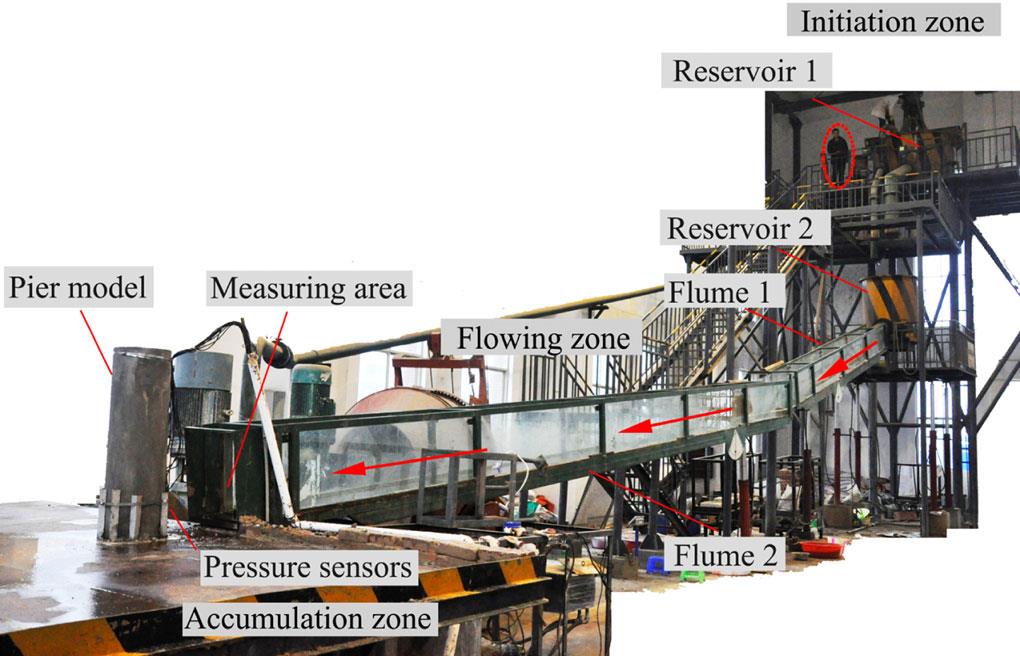
B

Figure 1. Laboratory model test of dynamic interaction between different viscous debris flow and bridge pier (Image by HE Siming).
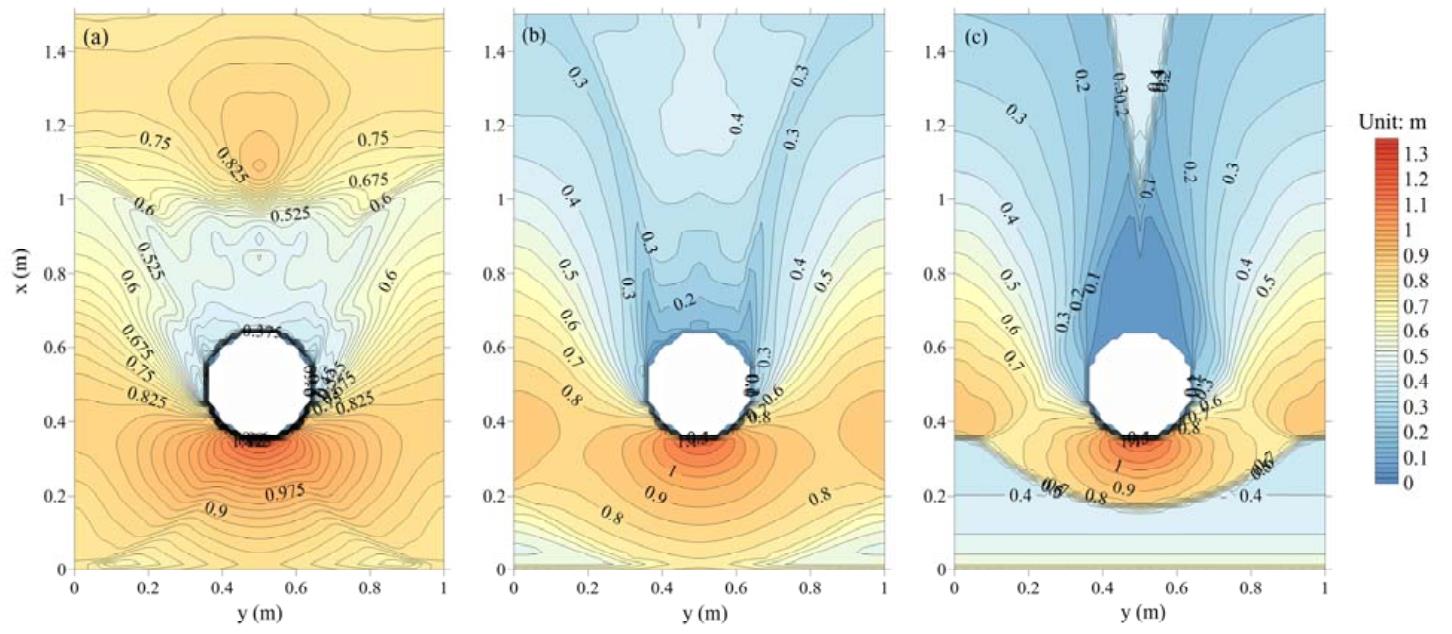
Figure 2. Prediction and simulation of erosion depth of bridge pier foundation by debris flow (Image by HE Siming).
A


B
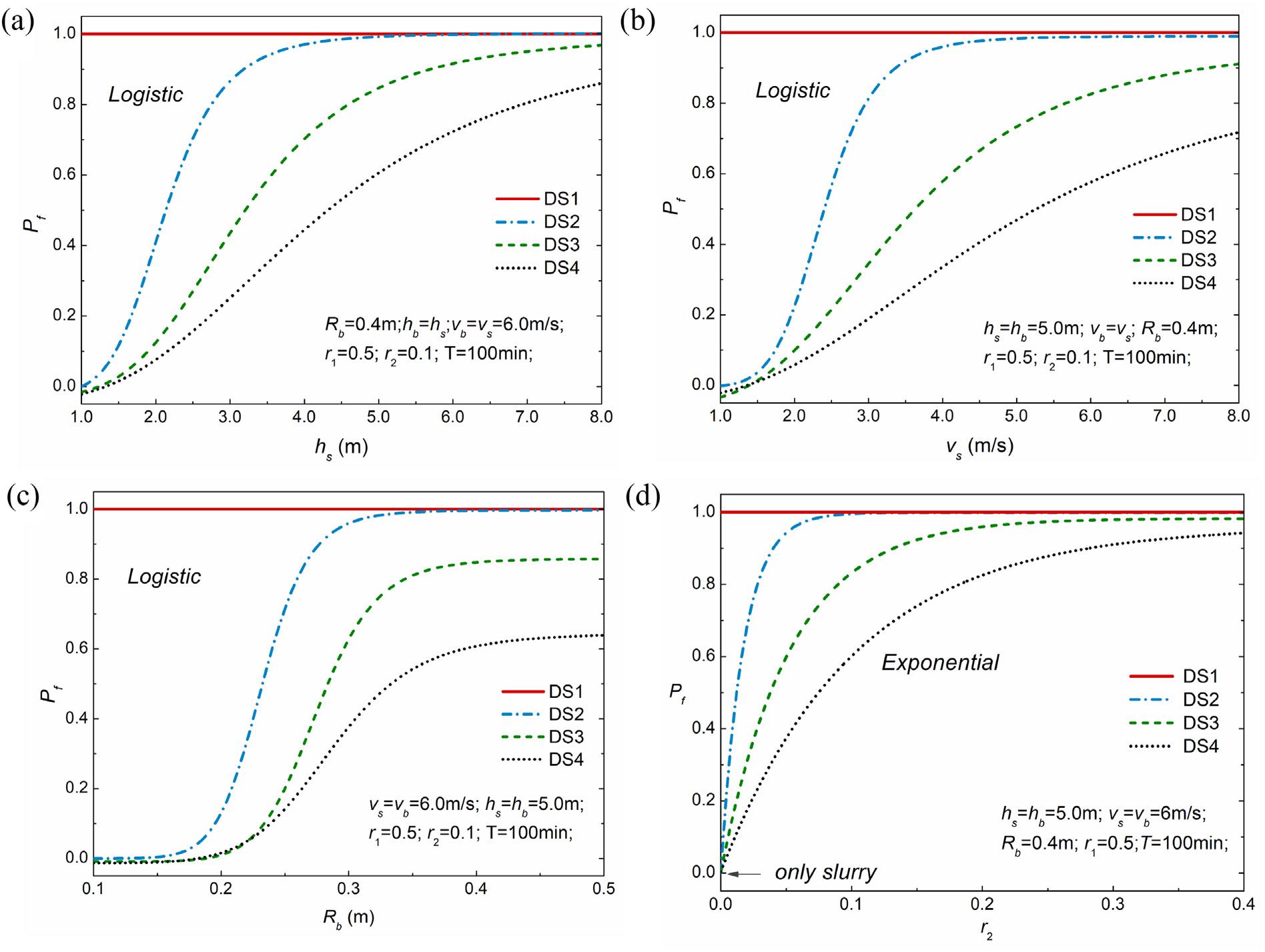
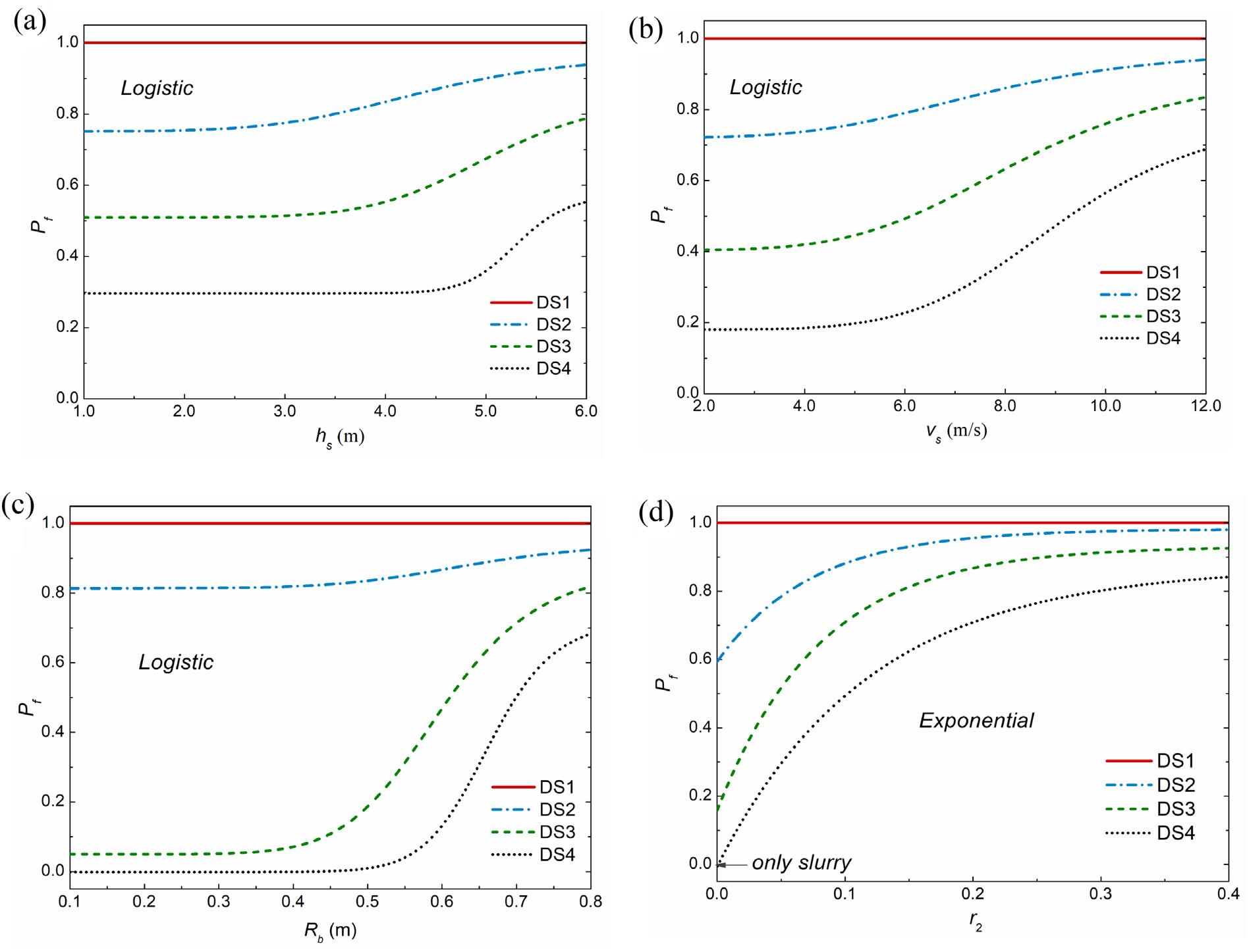
Figure 3. Diagram of debris flow impact and physical vulnerability curves of bridge pier (Image by HE Siming).
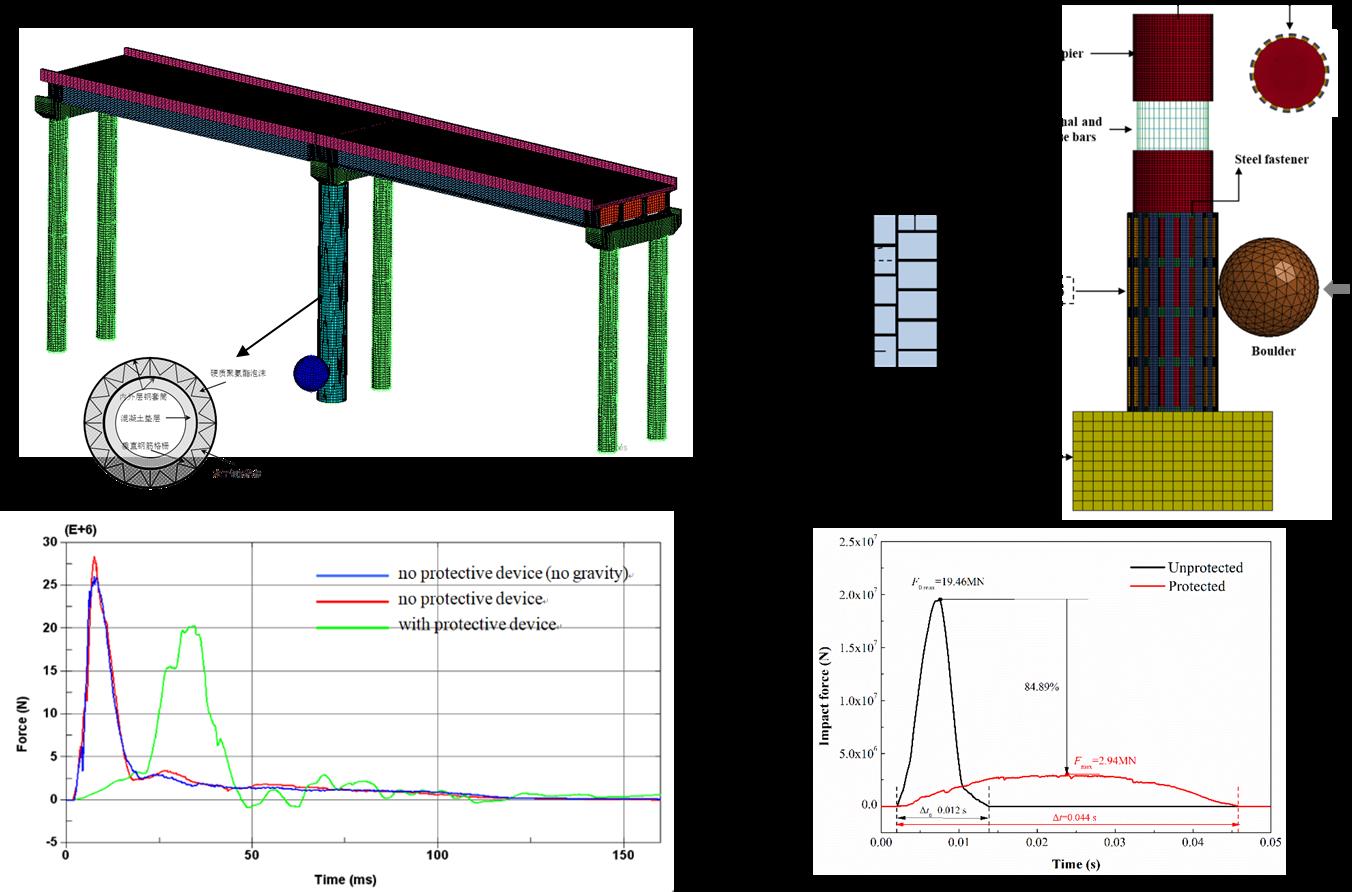
Figure 4. The composite structures can greatly reduce the impact force on bridge piers (Image by HE Siming).

Figure 5. Demonstration projects of bridge pier impact protection (Image by HE Siming).
Contact:
Prof. HE Siming
Institute of Mountain Hazards and Environment, Chinese Academy of Sciences
Chengdu, Sichuan, 610041, China
Tel: 86-13688084541
E-mail: hsm@imde.ac.cn
